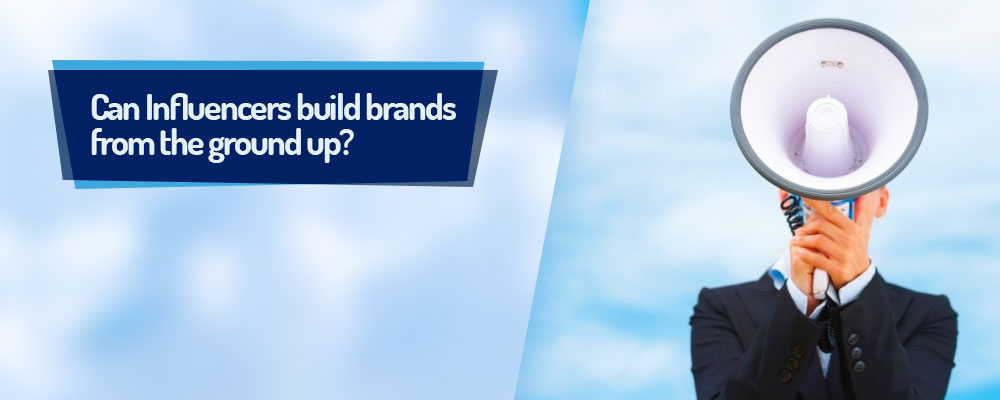
Social scoring and the influence marketing that depends on it are hot topics. Whether in the simple activity of big brands passing out Klout Perks in the hope of a favorable tweet or post, or in new platforms seeking to aggregate mid-level bloggers as campaigners in the (paid) service of marketers, influencers are seeing ever more ways to flex their social muscles. But can they be influential enough – and valuable enough – to not merely boost an existing brand’s marketing efforts but actually help get new brands off the ground? At least one company believes so, and aims to reward the use of social capital with financial capital.
Wahooly – Wha?
Wahooly seeks to make social investors out of online influencers. Brandingmag recently interviewed Wahooly founder Dana Severson to see why he believes that social influence can be strong enough to convert Klout to cash.
Turning Social Influencers into Start-up Investors
Brandingmag: How would you describe Wahooly in one or two sentences?
Dana Severson: Wahooly helps early and late-stage companies acquire new users and build awareness by matching them with elite social influencers. At the same time, we give social influencers the opportunity to invest in companies using social capital.
BM: There isn’t necessarily a universal definition of an influencer – how do you define it?
DS: We only focus on “social influencers”, so our definition of influencer doesn’t go beyond online. We define our user as someone who’s opinion is valued to a point where those in their network take an action.
BM: How important are the social scoring platforms in assessing who you accept and who you don’t?
Assessing Influence Apart from the Social Scoring Platforms
DS: Not extremely important. We work almost exclusively with Klout, so we do include scores as a point of entry. Our algorithms work independent of any influencing scoring outside of our platform. In other words, if someone gamed their influence score outside of Wahooly, it has no impact on their performance on our platform. We measure results, plain and simple. Wahooly is a meritocratic system.
BM: You are very upfront about the influence and reward connection for Wahooly participants — do you feel that “pay”-prompted recommendations are as valid as those made without any sort of quid pro quo?
DS: On Wahooly — yes. The reason being, we don’t force-feed campaigns on our users. In other words, we allow our users to choose what they want to support. Discovering companies is part of the authenticity and organic nature of our process. On top of that, we have complete transparency. Wahooly links are used for all promotions and in almost all cases, a disclosure bar appears when someone visits a promoted page.
BM: Are you at the point of sharing any results of your efforts?
DS: I can’t speak about our companies individual results, but I can tell you this … We have a community of 33,000 influencers and have had close to 1,000 companies apply to be on the Wahooly platform. We’re building sustainability by creating communities around brands. This isn’t a “pretend you like this” approach to marketing.
BM: Given the heat that online recommendations of all sorts are taking – from fake likes to promoted tweets – do you have any concerns about how comments and recommendations from Wahooly influencers will be received?
DS: I think you’ll want to be careful in drawing the distinction between “fake” and “promoted”. There is a difference between the two. Promoted is disclosed, fake is behind closed doors.
What is your opinion?
Do you believe that online influencers have enough ability to drive followers to action that they should be rewarded with “a piece of the action?” And do you have any concerns with this application of influence?
Also, be sure to read more about social scoring and influence marketing: Will Influencer Marketing Build or Break Brand Trust?, Bloggers Rock for Brands in New Service, Citizen +K: The Rise of Social Influence, Who Is An Online Influencer? and The Problem of Measuring Digital Influence